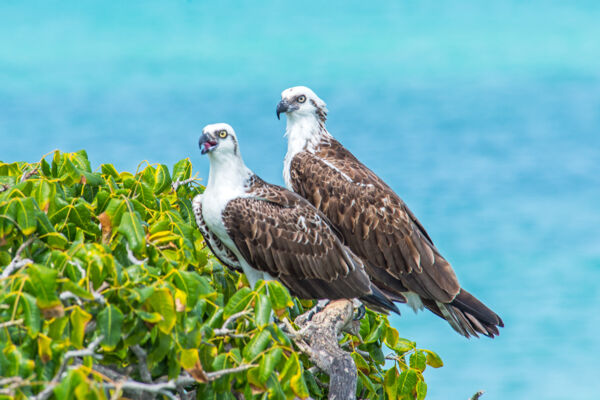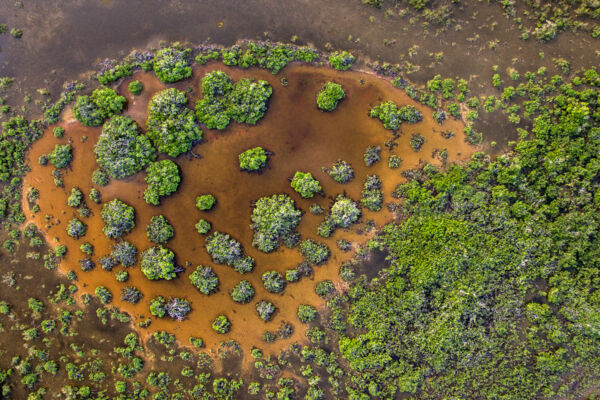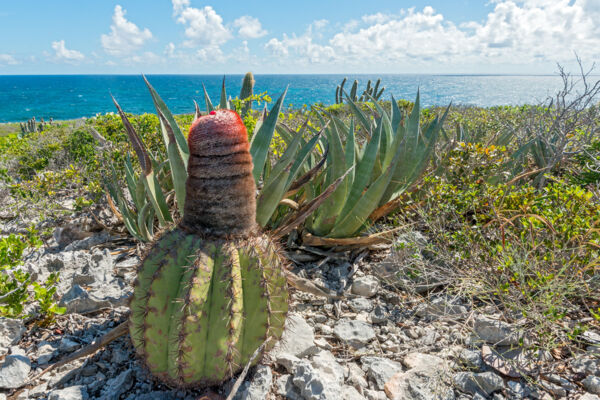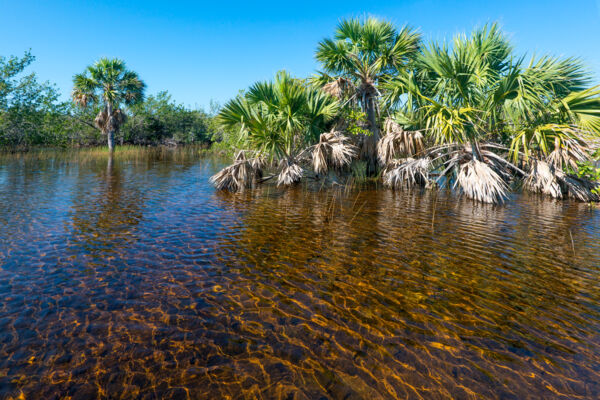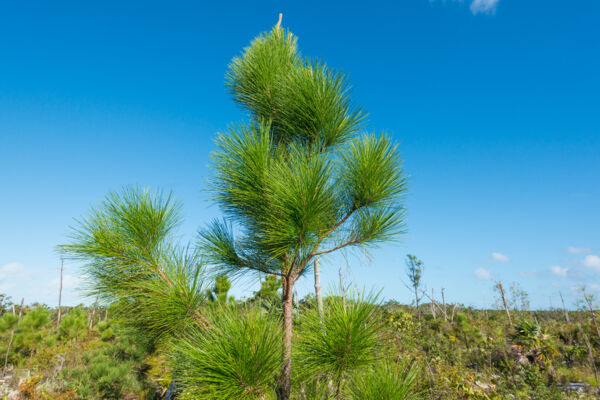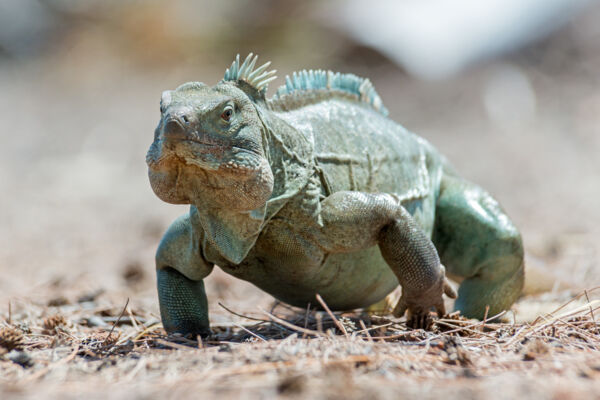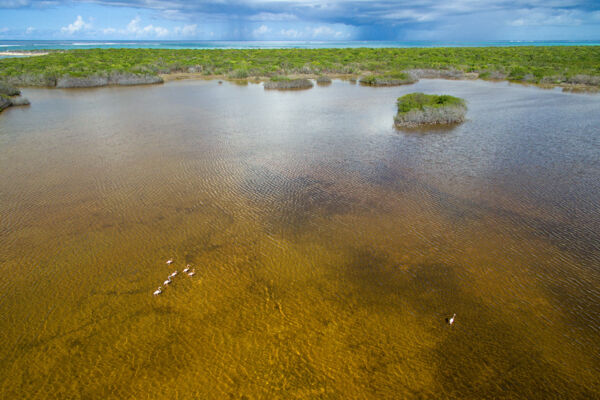Turks and Caicos Flora & Fauna
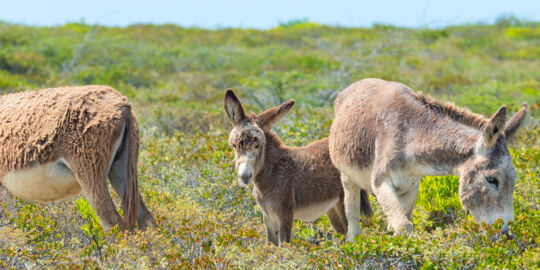
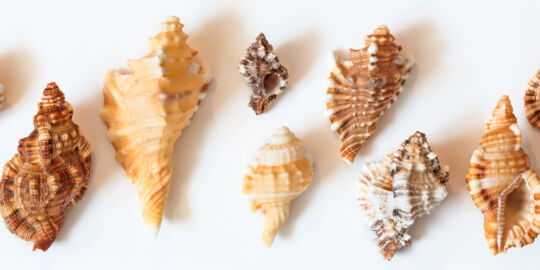
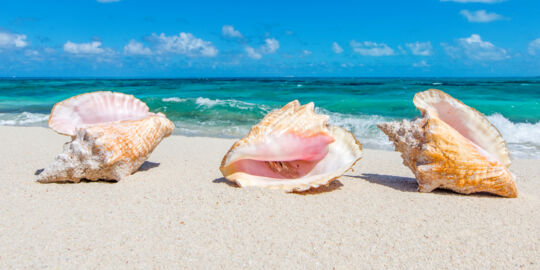

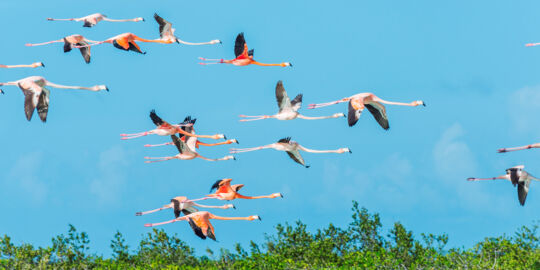
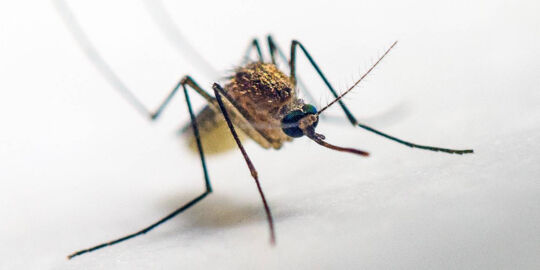
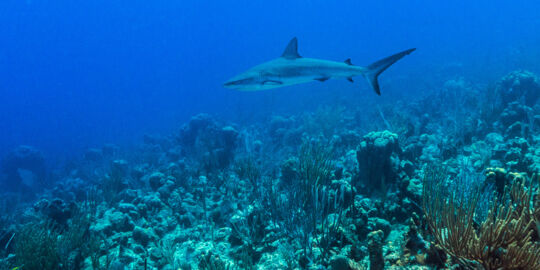
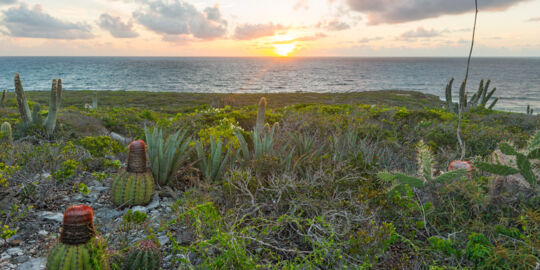
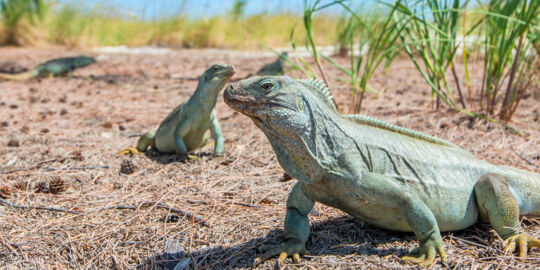
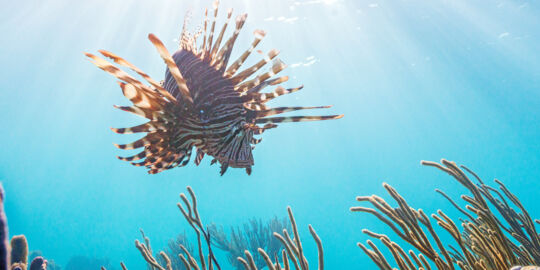
The Unique Life in Turks and Caicos
The Turks and Caicos is home to a unique mix of plant and animal life, much of which is endemic only to our archipelago and a few of the southern Bahamas islands.
This page offers a brief overview of flora and fauna in the country. For nature sites open for tourism, see Turks and Caicos Natural Attractions.
Vegetation and Plant Life
Much of the plant life in the Turks and Caicos are either salt-resistant and salt-tolerant coastal varieties, or drought-resistant low brush.
Marine Wetlands
The red mangrove, black mangrove, and white mangrove make up a large proportion of the greenery in the Turks and Caicos. These interesting plants are able to thrive in the very salty coastal marine environment, including in some of the hyper-saline interior ponds. Mangroves are one of the most important plants in the Turks and Caicos environment.
Interior Dry Forests
Drought-resistant dry forest covers most of the solid ground in the country. Height varies a bit depending on soil depth, yet this rugged landscape generally reaches a maximum height of about 40 feet (12 m) at a few locations in the interiors of North Caicos and Providenciales. Lignum vitae, wild tamarind, gumbo limbo, and the Jamaican caper are some of the larger native trees found in the country.
One of the unique and often unappreciated terrains in the Turks and Caicos is the limestone “ironshore” of coastal areas such as at Chalk Sound National Park on Providenciales. These areas offer picturesque and stunted miniature palms, trees, and shrubs growing out of tiny sinkholes and crevices. The surrounding limestone is worn and weather-beaten, and razor-sharp spikes can be found in patches.
Caicos Pines, Brackish Ponds, and Casuarinas
A true conifer, the Caicos pine requires a specific environment of constant and relatively fresh water. Today only found on Pine Cay, North Caicos, and Middle Caicos, the low-elevations of the interior transitional wetlands are close to the brackish water table and is the only terrain that supports the Caicos pine. Unfortunately, scale diseases, likely brought in on either imported Christmas trees or live landscaping plants, have wreaked havoc on the pines. Efforts made to replant regions that lost trees appears to be working, yet recovery remains slow. The Caicos Pine Yard Trail, on Middle Caicos, takes you on a winding path where you’ll be able to see our national tree in the wild.
At a few select interior sites on Providenciales, Dellis Cay, Pine Cay, Parrot Cay, North Caicos, and Middle Caicos, small brackish ponds support a scene unfamiliar to many inhabitants of the Turks and Caicos. Tall sawgrass and large sable palms exhibit an atmosphere of an oasis, and these vibrant wetland sites are a verdant green contrast to the typical forest.
It would be amiss to not mention the coastal casuarina (also known as the Australian pine). This tree, locally often incorrectly referred to as pine or cedar, is usually the tallest tree around. Dense Casuarina forests can be found at Hollywood Beach on North Caicos, Cedar Point on Middle Caicos, and on much of the eastern half of Joe Grant Cay.
Animals
Prehistoric and Extinct Animals
Unfortunately, there’s very little evidence to work off of, but bone remains found in caves and archaeological sites suggest that several large animals may have lived in the islands, including a giant iguana, tortoises, the hutia, and possibly a dwarf crocodile.
If these animals lived in the islands at some time, they were probably either hunted to extinction by the aborigine Taino peoples, or succumbed to the introduced rodents, cats, and dogs, and environmental changes caused by early European explorers and settlers.
There are clear accounts from early European explorers of manatees living in the countless channels found throughout the archipelago. Sadly, like so many other unique animals in the region (and like the queen conch), the manatees were easy pickings for hunters.
Indigenous Animals Still Found Today
The Turks and Caicos Rock Iguana is the largest known extant native land animal in the country. Found on quite a few of the uninhabited islands and cays that never saw a human presence, this large lizard is now protected under the law.
Quite a bit smaller, curly-tail lizards, Bahamian anoles, and several types of geckos and skinks can often be seen scurrying through the underbrush or hiding under rocks.
Not all of the tiny reptiles seen today are native. The invasive common house gecko has become far more prevalent on the populated islands the smaller and more-colorful Caicos gecko.
Two miniature boas and a tiny blind make up the indigenous snakes found in the islands. There are no known modern-introduced species of snakes in the country.
Several different types of bats are found in the Turks and Caicos, with Conch Bar Caves on Middle Caicos, the airport sinkhole on Providenciales, and the remote East Caicos caves hosting the majority of the bat populations.
Many regional birds are of course common to the islands, including the osprey, American kestrel, flamingos, pelicans, and many types of herons and egrets.
Introduced Species
As time progresses, more and more species are established in the Turks and Caicos, all of which affect and change the environment.
Introduced frogs and toads are becoming increasingly common.
As has happened at nearly every new land found by man, rats and mice were inadvertently introduced to every main island in the country.
The domestic dog and cat also were established at most settled sites throughout the country, but unlike the rodents, have generally only persisted on islands that have had a constant human presence.
Donkeys, descendants of those worked during the salt industry and plantation days, are now feral on Grand Turk, Salt Cay, South Caicos, East Caicos, and Hog Cay.

